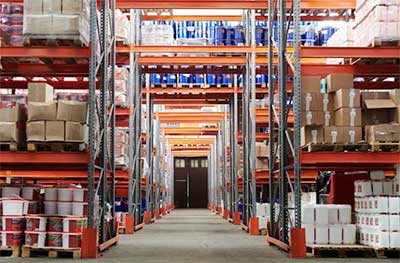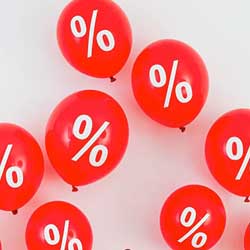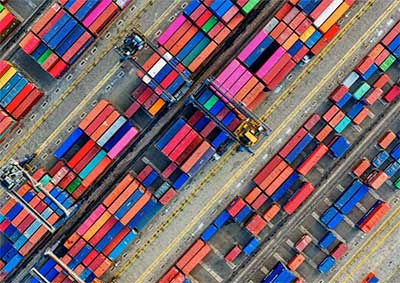Is Your Product in Stock?
Under or over inventory leads to painful profit losses or potential gains. By maintaining a balance between your inventory levels, you can maximize your profits and minimize your losses. When thinking about the new year or the next twelve months, you need to consider the product in stock. It is important to plan your production schedule around Chinese New Year or other Chinese or domestic holidays.

Supply Chain Management
Knowing when to replenish and when you have too much is key to good supply chain management. Proper inventory tracking will help you save money and give you the information you need to plan when to restock your items.
Overstock
Because of the price, when replenishing, it is more effective to buy large quantities. Products bought in bulk are often available at discounted unit prices, so it’s attractive for retailers and sellers to order their items in larger orders to increase cost reduction. Be careful, you certainly don’t want to be stuck with large amounts of products that they can’t use. In the UK there are a number of companies looking to buy surplus product from companies looking to outsource surplus product.
Four Billion in Excess Inventory
 Take, for example, when H&M stocked a $4 billion overstock of clothing in 2018. To get rid of the excess products, they tried some in-store and online sales, but their executives were afraid to push the clothing sale with too much discount. They thought an aggressive strategy to shed excess clothing would cheapen the brand, which is true.
Take, for example, when H&M stocked a $4 billion overstock of clothing in 2018. To get rid of the excess products, they tried some in-store and online sales, but their executives were afraid to push the clothing sale with too much discount. They thought an aggressive strategy to shed excess clothing would cheapen the brand, which is true.
H&M, the world’s second largest clothing group, suffered a heavy loss, losing 28% of its company shares. The excess clothing items ended up being donated to charity.
How did H&M get to this point? They greatly overestimated the storage needs when opening 220 new stores.
Excess Inventory Storage Costs
The average warehouse storage costs per square meter per month are over €200 in London and around €100 in Bristol, Birmingham, Manchester or Leeds. A noticeable impact of storing far more product than you need is storage costs. Excess product takes up space you may need for other projects. Or you need to rent more storage space.
Product Flow
Not all perishable products are food. New technologies may come out that can make your product old and antiquated. Fashion and culture trends tend to change over time, which can reduce demand for certain products.

International or Domestic
Not all products sold in Italy can be sold in France, Poland or Great Britain. Cultural trends tend to shift between countries, which can reduce demand for specific products that are made for the global market.
Understock
When a product’s supply is insufficient to meet customer demand, potential sales and customers have been lost. This may or may not be serious depending on the nature of the product that was understocked.
Repeated under stocking leads to the loss of customers. Under stocking a part of an assembly can delay production processes, which can result in delays for the customer.
Under stocking will repeatedly cause the loss of customers. People want to buy from companies they know are reliable.
Avoid Under and Over Stocking
A good inventory system is essential to manage both overstock and understock. Make sure you have a tracking system in place. In many. Inventory systems and point-of-sale systems like Square can help you track your inventory and sales. These systems track how much inventory you have and how much is being sold. One of the best things a business can do for itself is to use inventory management software to avoid overstocking and understocking.
